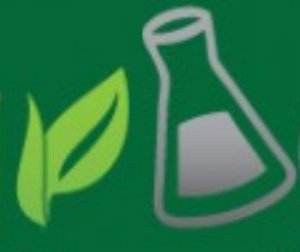“Preparation of flame-retarding poly(propylene carbonate)” Cyriac, A.; Lee, S. H; Varghese, J. K.; Park, J. H.; Jeon, J. Y.; Kim, S. J.; Lee, B. Y. Green Chem. 2011, 13, 3469-3475. DOI: 10.1039/C1GC15722A
During graduate school in California I was very aware of the tremendous amount of household furniture loaded with flame retardant polybrominated diphenyl ether chemicals. Those chemicals do a great job of reducing the flammability of numerous petroleum-based products. Unfortunately their non-covalent incorporation in the polymers speeds their environmental release. Once in the environment, they break down slowly and bioaccumulate. Additionally there are numerous human health and ecological concerns with these chemicals, including their association with decreased fertility in humans (ref). That is why this paper on flame-retarding poly(propylene carbonate) (PPC) caught my eye. Another reason could have been the flames in their graphical abstract!

As luck would have it the chemistry is neat too, flames aside. The researchers begin by highlighting (bragging about?) the fact that they have an actual pilot plant in which they use their cobalt-salen-based catalyst to polymerize CO2 and propylene oxide to PPC (Note: experiments from this study were not performed in the pilot plant). The catalyst displays high turnover frequency (15,000/h) and produces high molecular weight polymers (Mn = 300,000).
